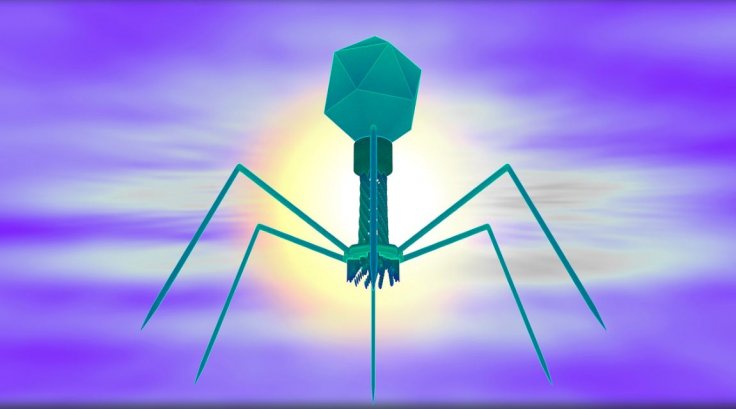A study published in the journal Nature Communications has shed light on a discovery that may enable the targeted treatments to fight drug-resistant bacterial infections, which is increasingly becoming a global health threat.
The research is a collaboration between Monash Biomedicine Discovery Institute (BDI), the Monash University Centre to Impact AMR and the University of Cambridge. It highlights how high-resolution imaging can be used to ascertain how phages, a family of viruses, can target and destroy Salmonella Typhi, the bacteria that causes typhoid, thereby, providing scientists a new understanding of how phages can be employed to combat antimicrobial resistance (AMR).
Trevor Lithgow, lead author of the study, said in a statement, "This finding will help us overcome one of the most critical hurdles in phage therapies which is a precise understanding of how phage work, in order to predict in advance and select with accuracy the best phage for each patient infection. It could help move phage therapies from compassionate use, where all other treatment options have been exhausted, to more widespread clinical use."
Harnessing Cellular 'Choreography'

Phages are a class of viruses that infect bacteria, and each phage is specific for the species of bacteria it can kill. Phages can be purified to a point of being FDA-approved for the treatment of people with bacterial infections, and documented success has been had in the USA, Europe and, recently, Australia.
What they saw was an incredible "choreography" by the phages as they assembled the main components of their particles: a head filled with the viral DNA and a tail used to infect the bacteria.
"We saw how the building blocks of the particle interlock in an intricate choreography. At a molecular level, arms swing out and curl around each other forming a continuous chain that braces the head of the phage," Associate Professor Coulibaly said.
"This rigid chainmail provides further protection to the DNA of the phage. Surprisingly, the tail on the other hand remains flexible. It's able to bend and not break as it captures the bacteria and ultimately injects them with the phage DNA," he said.
Fighting Antimicrobial Resistance
At Monash University, the Centre to Impact AMR is grappling with these issues and is looking at the types of phages needed for new, "phage therapies" to treat bacterial infections. Antimicrobial resistance (AMR) is one of the biggest threats to global health, food security and economic development. It is a pressing health and humanitarian crisis in Asia, that is increasing in severity globally.
AMR affects all aspects of society and is driven by many interconnected factors including antibiotic overuse, and the rapidly adaptive nature of bacteria to evolve into drug-resistant forms. At-risk groups for AMR infections are many and include COVID-19 patients on respirators, mothers and children during childbirth, surgery patients, people with cancer and chronic disease and the elderly.
The first authors of this study Dr. Joshua Hardy and Dr. Rhys Dunstan used the Ramaciotti center for cryo-electron microscopy at Monash University, the Monash molecular crystallization facility, and the Australian Synchrotron for the structure determination.
(With inputs from agencies)









